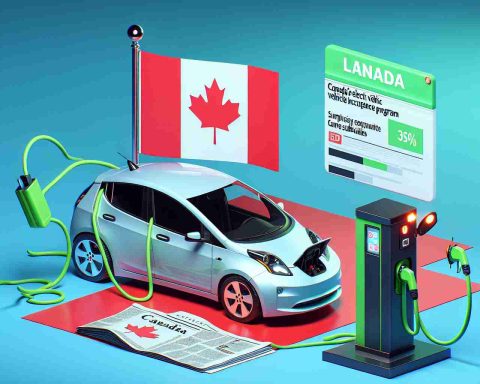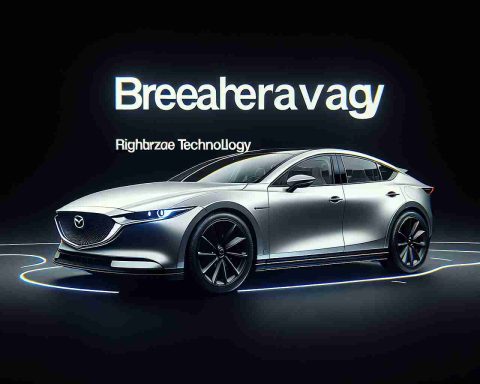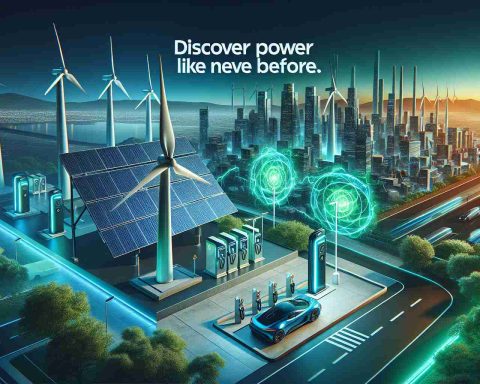Tata Motors, a prominent figure in the Indian automotive industry, has made its mark in the realm of electric vehicles with the introduction of the Tata Nexon EV. This electric compact SUV stands out for its innovative features and environmentally-friendly design.
Varied Options
The Tata Nexon EV offers a range of options to cater to diverse preferences. From the power-packed 127 bhp motor paired with a 40.5 kWh battery for a substantial range of 390 km, to the high-performance 148 bhp motor combined with a 46.08 kWh battery capable of covering an impressive 500 km on a single charge.
Rapid Charging
Gone are the days of long charging times. The Tata Nexon EV supports fast charging, allowing it to reach full battery capacity in just 40 minutes with a 60kW charger. With a 7.2kW charger, a complete charge takes about 7 hours, offering flexibility to users based on their charging needs.
Affordable and Safe
Despite its advanced features and capabilities, the Tata Nexon EV remains an affordable option for those looking to switch to electric mobility. Boasting a spacious 350-liter boot space, a robust 148 bhp motor, and a generous battery capacity, this budget-friendly electric car is a sound investment. Additionally, its 5-star safety rating ensures peace of mind for drivers and passengers alike.
Pricing Details
Interested buyers can get their hands on the Tata Nexon EV at a competitive price range. Starting from Rs 12.48 lakh for the base variant and going up to Rs 17.19 lakh for the top variant, the Tata Nexon EV offers value for money considering its features and performance capabilities.
Exploring Further: Uncovering More Secrets of the Tata Nexon EV
Additional Features:
Beyond the previously mentioned specifications, the Tata Nexon EV also comes equipped with regenerative braking technology. This innovative feature helps in maximizing energy efficiency by converting kinetic energy into usable electrical energy, thereby enhancing the overall range of the vehicle.
Seamless Connectivity:
In a digitally interconnected world, the Tata Nexon EV caters to modern needs by offering seamless connectivity features. Through the dedicated mobile app, users can remotely monitor the car’s battery status, control charging functions, and even pre-cool the cabin before stepping inside, enhancing convenience and user experience.
Environmental Benefits:
One crucial aspect often overlooked is the environmental impact of electric vehicles. The Tata Nexon EV significantly reduces greenhouse gas emissions and air pollution compared to traditional internal combustion engine vehicles. By driving an electric car like the Nexon EV, individuals contribute to a cleaner and greener environment.
Key Questions:
1. What is the maintenance cost of the Tata Nexon EV compared to traditional fuel-powered vehicles?
– The maintenance cost of an electric vehicle like the Tata Nexon EV is generally lower than that of traditional fuel-powered vehicles due to fewer moving parts and simplified mechanical systems.
2. Are there sufficient charging stations available for the Tata Nexon EV across India?
– While the electric vehicle charging infrastructure is expanding rapidly, challenges related to availability and uniformity of charging stations still exist in certain regions. However, concerted efforts are being made to address these issues to support the growing EV market.
Advantages and Disadvantages:
Advantages:
– Lower operating costs due to cheaper electricity compared to fossil fuels.
– Reduced carbon footprint contributing to environmental sustainability.
– High torque delivery for a thrilling driving experience.
Disadvantages:
– Limited charging infrastructure in some areas may cause range anxiety for long-distance travel.
– Higher upfront purchase price compared to conventional vehicles.
– Battery degradation over time, affecting the overall range and performance.
Further Reading:
For more insights on electric vehicles and sustainable mobility solutions, visit Tata Motors.








